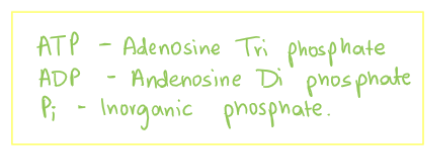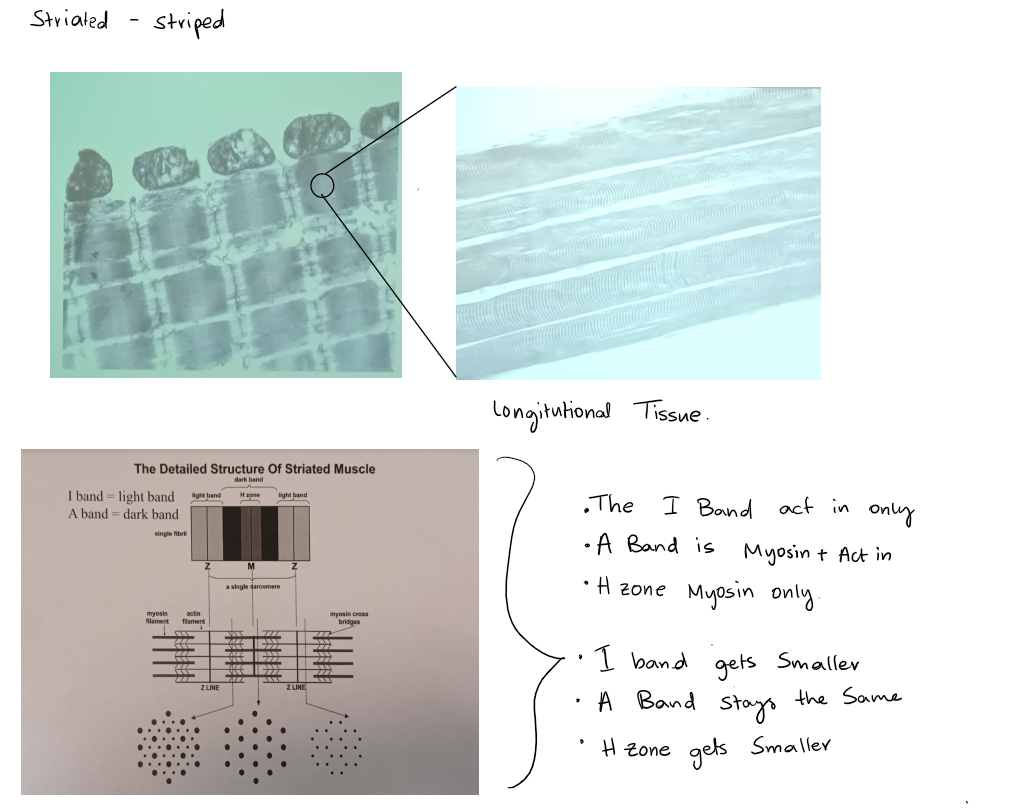Muscle contractions
ATP and Muscle Contraction
- ATP is produced from ADP and Pi in aerobic respiration
- ATP is used to provide energy for muscle contraction.
- When ATP is broken down to ADP and Pi energy is released that is used to power the concentration
Slow twitch muscle fibers
- Contraction is slow and less powerful contractions can be made for long periods
- fibers adapted for aerobic Respiration
- many mitochondria
- Store of glycogen. (store of glucose)
- Contains Large amounts of Myoglobin (protein that Stores Oxygen)
- large blood supply with many Capillaries.


Fast twitch muscles : TYPE 1
- 2 types
- fast twitch Oxidative fibers Similar Many Mitochondria
- A lot of myoglobin Many blood Capillaries
- Hydrolose ATP rapidly and Contract
- Relatively Resistant and fatigue.
Fast twitch muscles : TYPE 2
- Glycolytic fast twitch that fatigue quickly
- Fibers show following adaptations to their role
- Thicker myosin filaments
- fewer Capillaries
- Stove of glycogen for anaerobic respiration